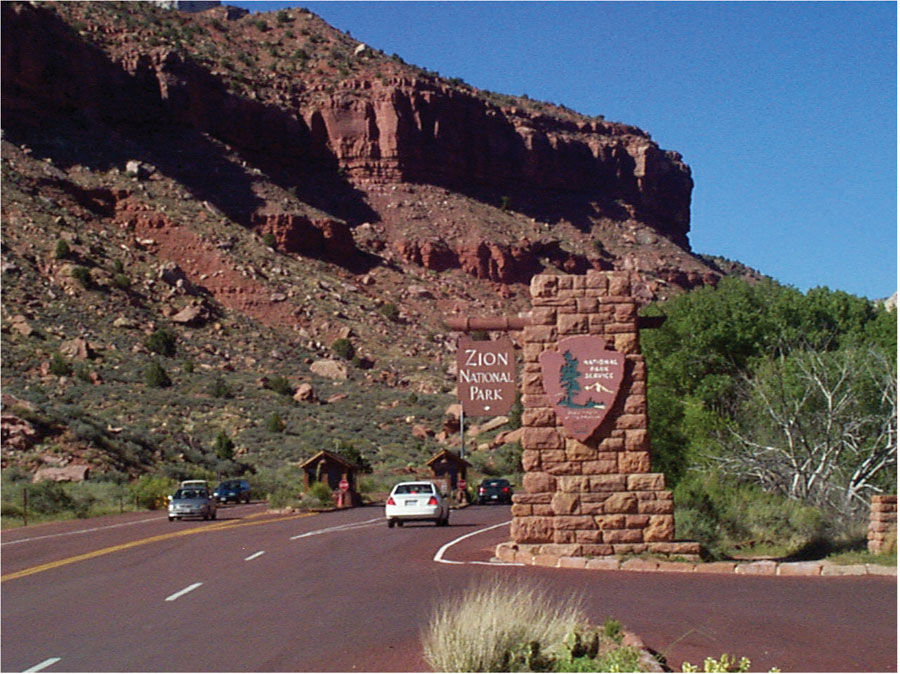
Zion National Park
Photo credit: U.S. Department of Transportation.
UTAH – A Utah Congressional delegation is asking the National Park Service to reconsider implementing a reservation system for Zion National Park.
The number of people visiting the park has jumped from an estimated 2.8 million visitors in 2010 to more than 4.3 million in 2018. Park officials are concerned about overcrowding and have been searching for solutions.
Among the proposals is a reservation system that would require people to sign up before they could get in, especially during the peak-season times when traffic entering the park’s main canyon backs up into the neighboring town of Springdale.
The delegation comprised of U.S. Senators Mitt Romney and Mike Lee (R-UT) and Representatives Rob Bishop (R-UT), Chris Stewart (R-UT), John Curtis (R-UT), and Ben McAdams (D-UT) say a reservation system would restrict visitor access in the Park and have negative impacts on the local economy.
“As the fourth most visited national park in the country, ZNP is a pillar of the local tourism economy – helping support jobs and generate revenue,” the delegation wrote in a letter to the Secretary of the Interior. “If the ZNP Capacity Study concluded that a reservation system is necessary to meet new capacity standards were necessary and recommended a reservation system to implement the standards, it would likely result in reduced visitation and negative economic impacts. We strongly urge the Department to find solutions that will preserve access to ZNP while enhancing the visitor experience.”
State and local leaders have proposed several solutions including improved public outreach, trails and road infrastructure alternatives outside ZNP, and shuttle system changes to manage peak visitation.
The full text of the letter can be found below.
Dear Secretary Bernhardt,
The National Park Service (NPS) is moving forward with a capacity study that could mandate a reservation system for Zion National Park (ZNP). We write to reiterate our strong opposition to any reservation system and instead request that NPS give ample consideration to locally-driven alternative solutions that preserve visitor access and enjoyment.
As the fourth most visited national park in the country, ZNP is a pillar of the local tourism economy – helping support jobs and generate revenue. If the ZNP Capacity Study concluded that a reservation system is necessary to meet new capacity standards were necessary and recommended a reservation system to implement the standards, it would likely result in reduced visitation and negative economic impacts.
We strongly urge the Department to find solutions that will preserve access to ZNP while enhancing the visitor experience. State and local leaders have proposed several solutions including improved public outreach and use of the state’s marketing resources, state and local investment in trails or road infrastructure alternatives outside of Zion Canyon, and shuttle system changes to manage peak visitation.
We are encouraged by the many ideas NPS can explore with state and local stakeholders to improve the visitor experience without severely restricting visitors from accessing ZNP. We urge the Department to carefully evaluate these proposals rather than pursuing burdensome visitor limitations and reservation systems.

